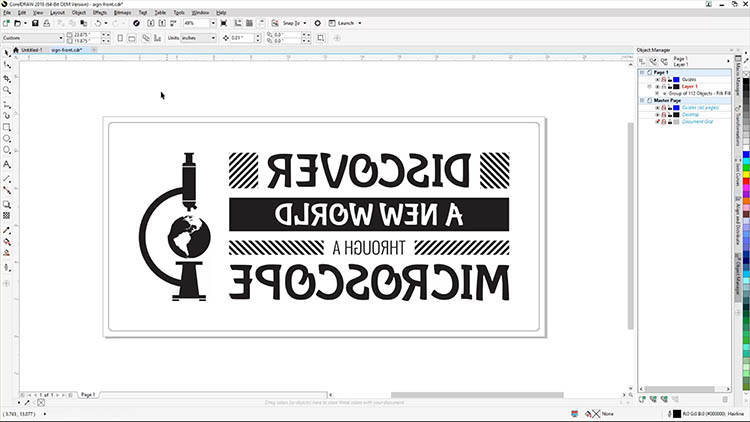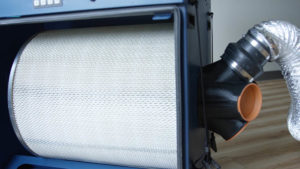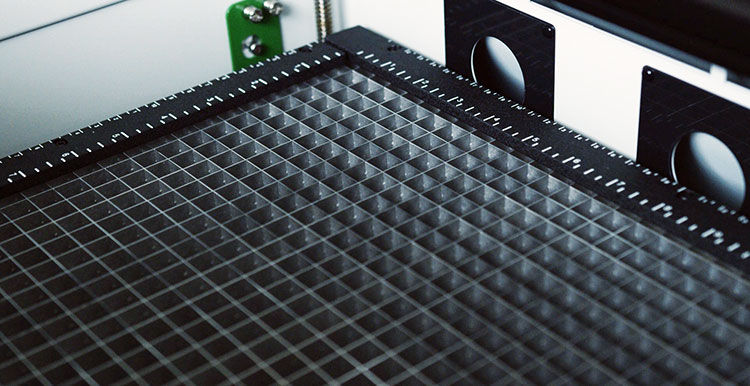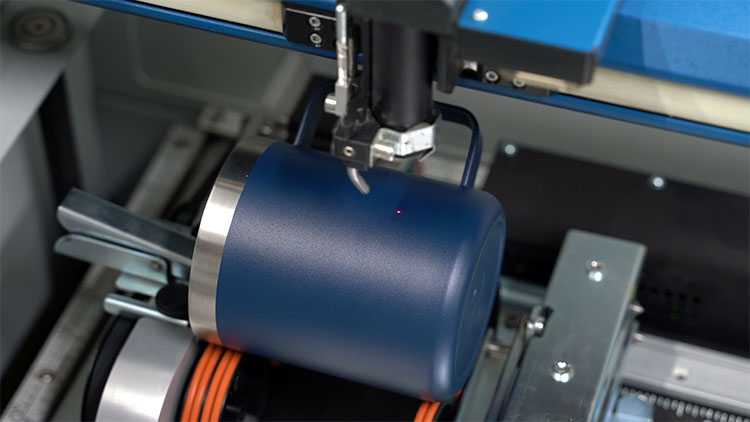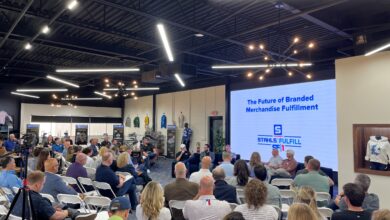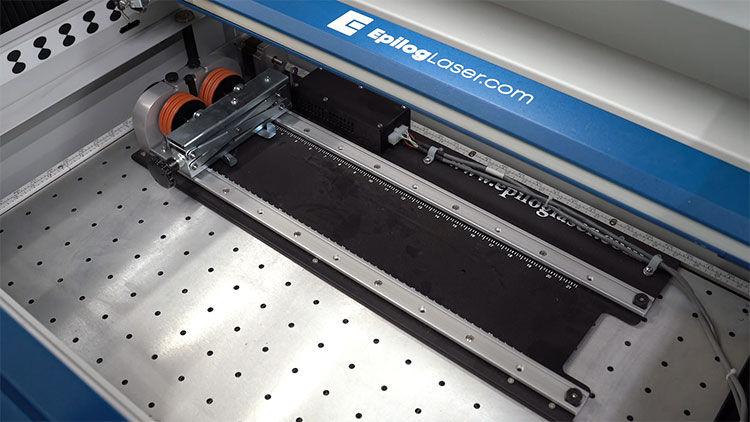
Laser engraving and cutting equipment is designed to be exceptionally user-friendly so operators can be up and running quickly. When you set up a laser system, there are a few other items you need to have. It’s essential to understand what these items are to integrate them into your budget and workspace properly. Here we’ll look at what you need to incorporate a laser into your current operation successfully.
To get started with your laser, you’ll also need a computer, a graphics software program, an exhaust setup, and any machine accessories you choose.
Laser machine
Laser cutting/engraving systems range from around $8,000-$65,000 (U.S. pricing) based on the size of the engraving table and wattage of the laser. A higher-wattage machine engraves and cuts faster than a lower-wattage system, and a higher wattage also lets you cut through thicker materials. Some laser manufacturers offer air-cooled devices, so you don’t need a separate external water reservoir, hoses, or a recirculation pump.
Computer
You’ll need a computer so you can work with whichever graphics software you choose, as well as the Epilog Laser Software Suite from which you control your laser. You will create and/or print your artwork from your computer and configure the laser to achieve the cutting and engraving results you desire. We recommend the following hardware specifications for laser applications.
- RAM (random access memory): RAM determines how much your computer can do at any given time. More RAM generally equates to more efficiency. Most computers come with at least a couple of gigabytes of RAM, but you’ll want to make sure you have at least 512 MB of RAM available to run laser-related software.
- Processor speed: The speed of your processor affects how smoothly your software operates. A faster processor will ensure your software performs well, allowing you to do more tasks in less time. Processor speeds are measured in gigahertz (GHz). You’ll need at least a 2.0 GHz processor.
- Hard drive: This is the permanent memory in your computer, where you’ll store your artwork files and install your graphics software and the Epilog Laser Software Suite. How much space you require will depend on how many files you have. Some users feel you can never have a large enough hard drive, but for most laser applications, a 20 or 30 GB hard drive will be adequate for years of storage.

- Graphics software: When you work with your laser, you’ll be sending artwork to the machine by printing it from a graphics software program. Most Epilog Laser operators use CorelDRAW, but you could use Adobe Illustrator, AutoCAD, or another program you already know and use.
Exhaust fan
Cutting and engraving with a laser produces smoke and debris when the laser burns away the material you’re working with. To maintain the laser operator’s health and safety and those around them, you must exhaust the air from the system. You can do this outside or into a portable filtration system.
- Exhaust blower: The simplest way to exhaust air from your laser is to connect an exhaust motor blower via ducting. This blower draws air out of the machine, then pushes the air out through ducting to wherever you direct it. A simple setup can guide the airflow directly outside, whereas some more sophisticated ones connect the exhaust to a larger airflow system. Your approach depends on your work area and budget. We recommend consulting an HVAC professional to determine how best to integrate an exhaust solution within your workspace and confirm that you are compliant with local ordinances. If you cannot vent outdoors, you need to purchase a portable filtration unit, which we discuss below.

Portable filtration unit - Filtration unit: A filtration system is a standalone exhaust unit that draws air from the laser’s work area via ducting and passes it through a filter that captures harmful particles. These units are much more mobile than other exhaust setups, so if you plan to travel with your laser or move it around frequently, a filtration system may be the right choice for you.
Optional accessories
Depending on what laser system you choose, there may be several accessories available. These accessories expand the capabilities of your machine and open the doors to new production opportunities.
- Vector cutting grid: If you are cutting with the laser, you want to make sure you have a vector cutting grid. The cutting grid design minimizes the amount of worktable surface area that is in contact with your material. This reduces residue buildup and minimizes flashback that can result from the laser slicing through your material then meeting a flat surface on the other side. A vector cutting grid provides you with cleaner and safer cuts.

Vector cutting table - Air assist compressor: This is a popular feature that blows a constant stream of air where the laser focuses and burns away material. This reduces possible flare-ups from combustible materials, reducing leftover residue and allowing you to run the laser slower to cut through thicker materials. Some machines have built-in air-assist compressors, while others require an external compressor to be attached. We highly recommend an air assist compressor if you are planning on cutting with your laser.

Rotary attachment - Rotary attachment: If you want to etch glasses, mugs, wine bottles, and other cylindrical objects, you need a rotary attachment. With a rotary attachment, you place your product onto the rollers, and the laser automatically rotates the object as it engraves, giving you crisp, focused engravings on cylindrical surfaces.
While the laser system itself is the most critical tool in establishing your customization services, it’s important to consider what additional components you need. In both the short and long term, you want to enhance your setup and ensure your success.
